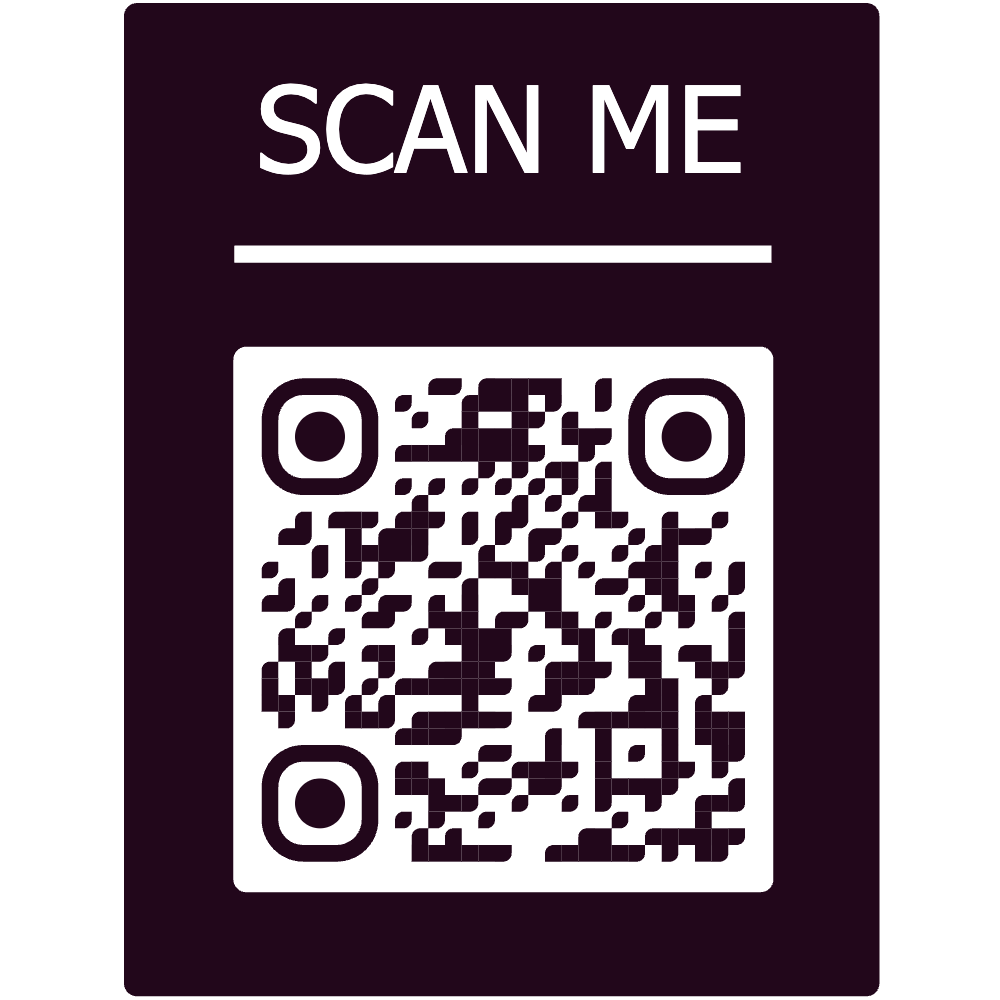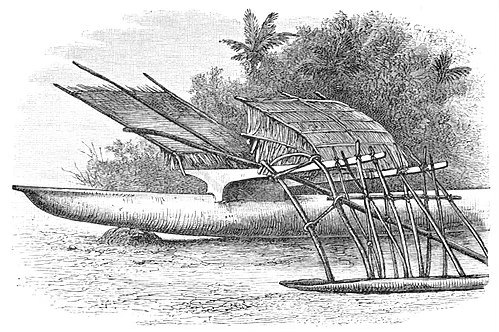We had just finished our weekly shopping in a major grocery store in
the city of Lae, Papua New Guinea (PNG). The young female clerk at the
checkout had scanned all our items but for some reason the EFTPOS machine would not accept payment from my bank’s debit card. After repeatedly swiping my card, she jokingly quipped that sanguma (sorcery) must
be causing the problem. Evidently the electronic connection between our
bank and the store’s EFTPOS terminal was down, so we made alternative
payment arrangements, collected our groceries, and went on our way.
On reflection, the checkout clerk’s apparently flippant comment indicated that a supernatural perspective of causality was deeply embedded
in her world view. She echoed her wider society’s “existing beliefs among
Melanesians that there was always a connection between the physical and
the spiritual, especially in the area of causality” (Longgar 2009:317). In
her reality, her belief in the relationship between the supernatural and
life’s events was not merely embedded in her world view, it was, in fact,
integral to her world view. Darrell Whiteman noted that “Melanesian
epistemology is essentially religious. . . . Melanesians . . . do not live in a
compartmentalized world of secular and spiritual domains, but have an
integrated world view, in which physical and spiritual realities dovetail.
Melanesians are a very religious people, and traditional religion played a
dominant role in the affairs of men and permeated the life of the community” (Whiteman 1983:64, cited in Longgar 2009:317). The French missionary anthropologist Maurice Leenhardt asserted that “Melanesian persons
are not constructed the same way as persons are imagined in the West. . .
[T]he person is more ‘outside of himself’ than inside; that is, the person
is constructed of relationships with others, including beings in the spirit
world” (Maurice Leenhardt, cited in Rynkiewich 2011:158).
Some years after the sanguma checkout quip, I returned to PNG to
teach young Pacific Islanders in the School of Theology at Pacific Adventist University (PAU). During the second semester 2013 I taught a Contemporary Religions course, which incorporated a section on animism.
The students were first year ministerial trainees; most of them were Melanesians from Papua New Guinea or the Solomon Islands. The final exam
included a question on sorcery and its undergirding beliefs, and with the
students’ enthusiastic informed consent, this article shares their insights,
together with appropriate commentary from relevant missiological and
anthropological literature.
Full Article HERE


Leave a Reply